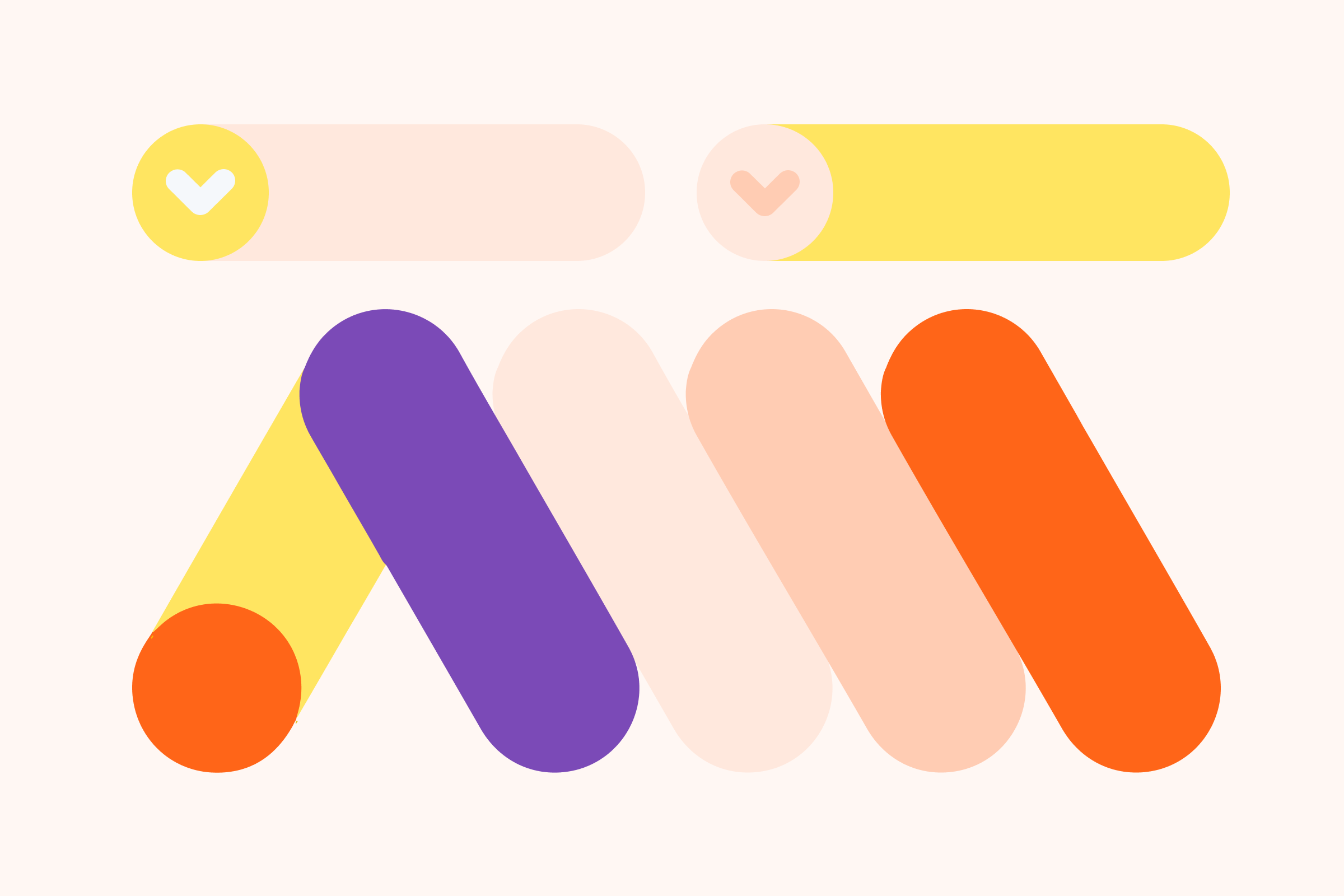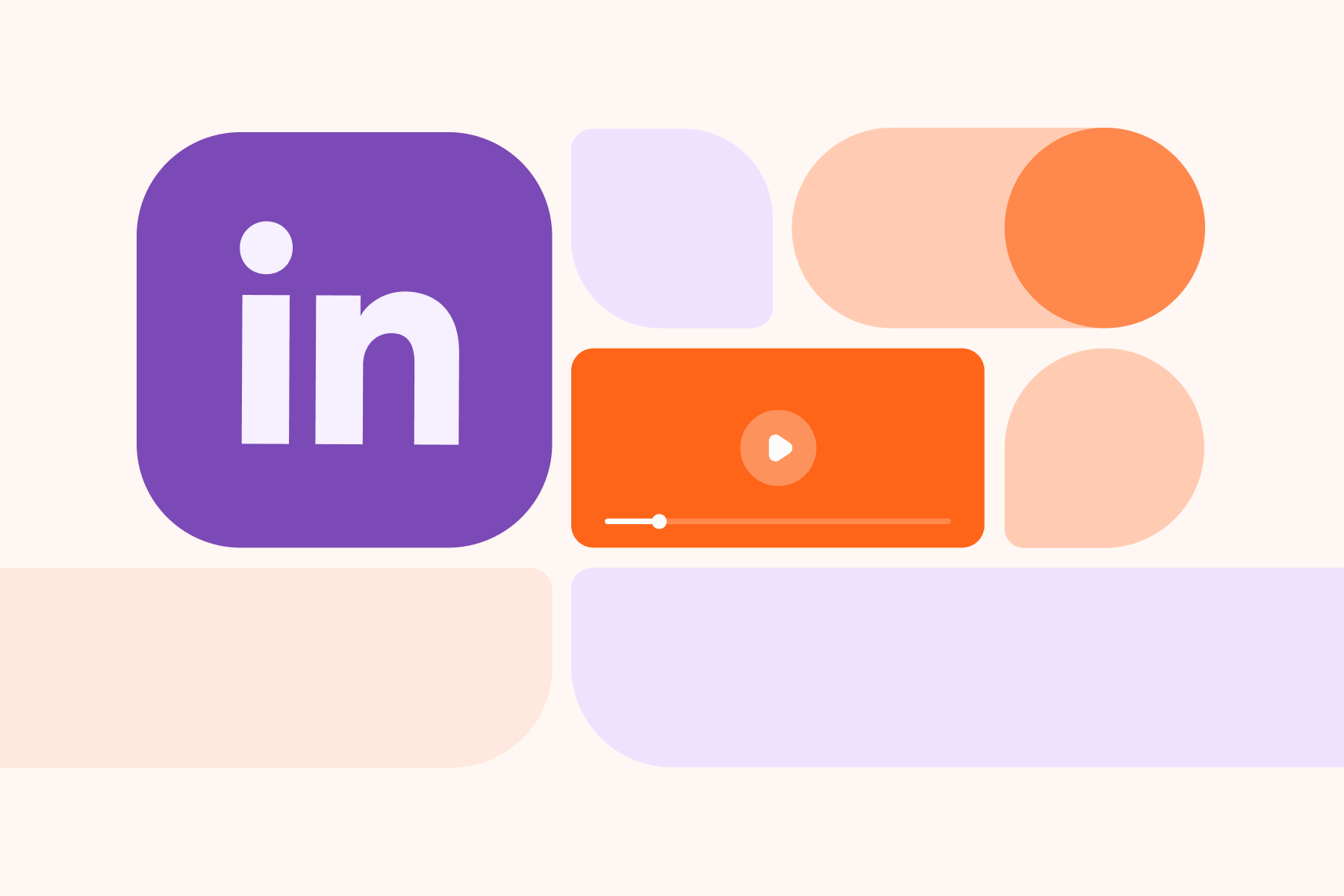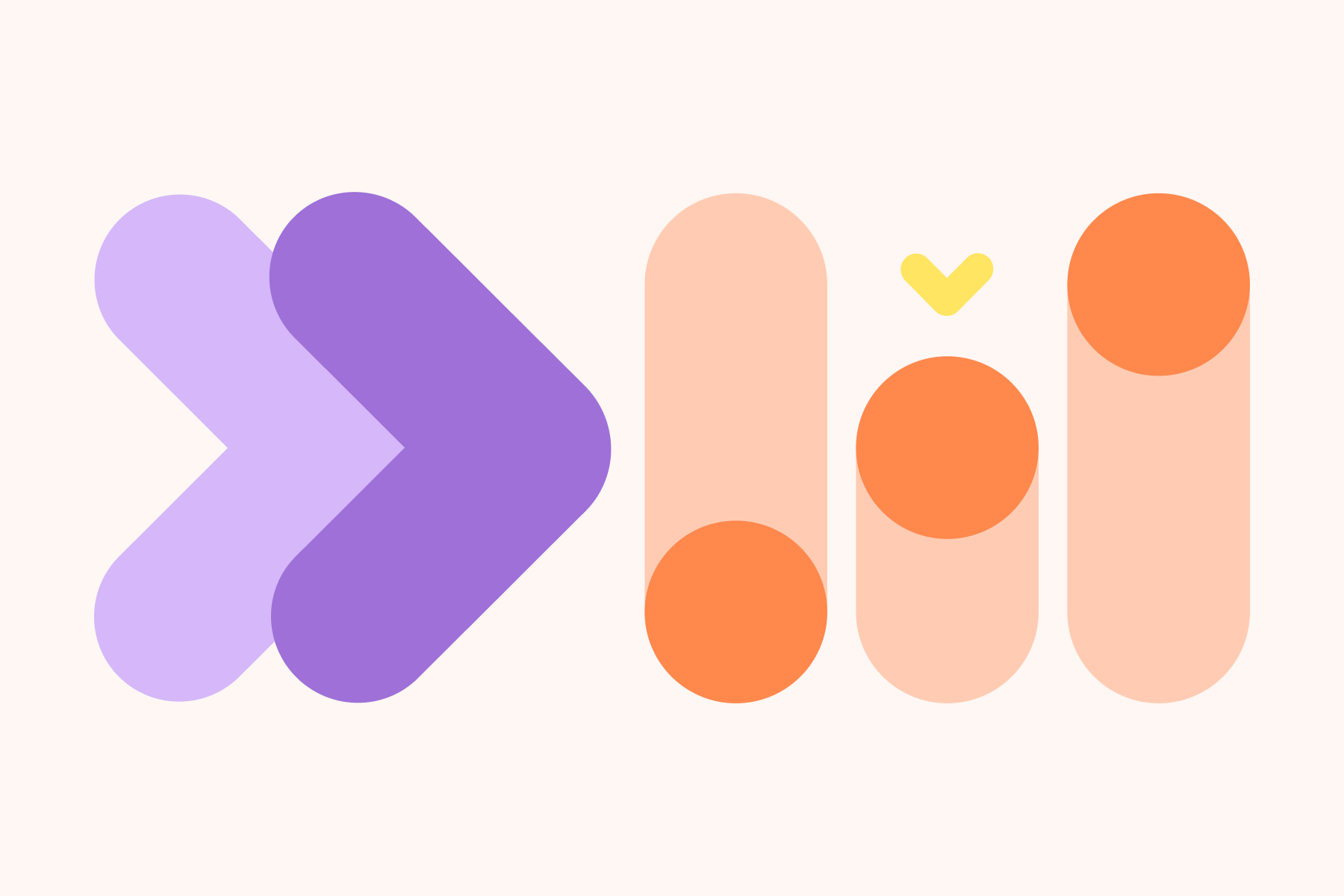Instagram Advertising in 2025: Costs, Tips, and How to Save [Updated]
Anastasiya Khvin
May 13, 2024

Cost of Instagram advertising is a massive factor that companies need to consider. Instagram provides diverse ad forms such as photo/image ads, carousel ads, video ads, Instagram Shopping ads, and Story ads, which allow the brands to engage with their target audience on its Main Feed, Stories, Reels, and Explore pages. This flexibility is crucial in developing purposeful advertising tactics to raise interaction, boost traffic, create conversions, and improve brand awareness.
For businesses that want to maximize their advertising spend in 2025, it is crucial that they comprehend the intricacies of Instagram ad pricing. The detailed demographic data of the platform and its precision targeting allow advertisers to use automatic bidding to get better cost performance. This article aims to explore Instagram advertising costs, presenting average costs, setting a budget, and strategies to reduce expenses aimed at B2B marketing on Instagram.
An Overview of Instagram Advertising
To begin your journey of Instagram advertising, you need to create a Meta Ads account. You will need to have a Facebook Business Page, check your 'ad account settings', and set up your payment method. When you are creating Instagram ads in the Ads Manager, it is important to select your objective, name your ad campaign, set a budget and schedule, choose your audience, select your Instagram ad placements, set brand safety, and then design your ad. If you are looking to promote a post directly on Instagram, the process is simplified by selecting ad placement, audience, budget, and run-time before clicking.
How to Make an Instagram Ad?
- Set Up Meta Ads Account.
- Have a Facebook Business Page and put your payment information in place.
- Choose Your Objective: Determine what you want your ad to do.
- Name Your Campaign: Name your ad campaign.
- Budget and Schedule: Set the budget and the length of your ad.
- Target Your Audience: Identify the target audience for your ad.
- Ad Placements and Brand Safety: Choose the location where to show your ad on Instagram and set up brand safety controls.
- Create Your Ad: Upload your creative material and create convincing ad copy.
Having a Facebook pixel is also critical in monitoring conversions and ad performance. Begin with the automatic placements, for Facebook will allocate the budget to the most successful placements. Creatives testing plays a vital role in finding out what suits your audience the best.
Unlike other social platforms whose user bases are relatively moderate, Instagram boasts a massive user base of 2 billion monthly active users, which makes it a powerful marketing platform for businesses, entrepreneurs, and creators. Instagram’s marketing strategies extend from organic content, paid content, influencer marketing, and shopping tools, with users spending an average of 12 hours a month on the app and 44% using it to shop weekly.
Primary Factors Determining Instagram Ad Costs
For businesses, especially in the B2B sector, it is critical to understand the forces that determine the Instagram advertising cost. Prices of Instagram ads are based on an auction system, where factors such as supply in demand plats a crucial role. Particularly, the cost is determined by the kind of audience that one wants to reach, with the targeting of female audiences and certain age groups having higher costs. The auction system is further complicated by the estimate action rates, value users get from the ad, and competition.
Audience Targeting and Timing
- Demographics of the target audience such as age, gender, and location can impact cost. For example, advertising to certain segments of the population, such as younger age groups or women may result in premium pricing because of a higher demand.
- Time of Year and Day. Effects of seasons and time of day affect advertising costs. The cost of launching campaigns during high seasons or hours might be higher.
- Competition. The degree of competition in your industry itself and the fierce competition for ad spaces can drive the costs up.
Ad Content and Strategy
- Ad Quality and Relevance. Ads that are well received by the target audience and with a high relevance score are cheaper because they are more likely to be good for the conversion of the users.
- Creative Content. The use of top-notch images, videos, and impactful stories can improve engagement rates, thus allowing you to save on costs.
- Bidding Strategy. Use of automatic or manual bidding strategies and knowledge of the auction dynamics are key to the efficient way of ad spend.
Ad Formats and Objectives
- Ad Formats. The average cost of different ad formats, such as Instagram Stories Ads, Reels Ads, and Shop Ads, is measured in CPM, CPLC, and LCTR.
- Ad Objectives. Choosing the right ad objective regarding your marketing funnel can impact the total costs.
Optimization Tips
- Precise Targeting. Though precise targeting might push costs up, the equilibrium is the key to the effective usage of the advertisement budget.
- Ad Scheduling. Running campaigns at off-peak periods can help to cut down the costs and at the same time not to lose visibility.
- Engagement Rates. Bring down the cost per action (CPA) by better engagement rates and click-through rates (CTR) by using attention-grabbing ad content and effective placements.
However, addressing these aspects in your Instagram advertising approach, especially for B2B marketing, could help you manage the nuances in ad costs, resulting in a more effective and cost-efficient campaign.
The Cost of Instagram Ads
To negotiate the terrain of Instagram ad costs, you must have a deep knowledge of different pricing models. At this point, we give you the average costs of various types of Instagram ads, which gives you a much better idea of the monetary aspect of the entire process. This data is extremely useful for such businesses as this helps them to allocate their budget strategically.
Cost Per Click (CPC)
CPC rates for Instagram can differ significantly depending on the placement of an ad, targeted audience and level of competition in the industry. The rates that the businesses might meet are $0.1 to $0. 25 for general clicks, while the clicks to a URL cost between $0. 50 and $0. 95.
Cost Per Engagement (CPE)
Cost of engagement on Instagram ads, such as likes, comments, shares, ranges from $0. 01 to $0. 05. Such low cost makes Instagram a highly suitable platform for improving the interaction rates with a brand.
Cost Per Thousand Impressions (CPM)
The CPM rates on Instagram can be as low as $2 for high-performing campaigns. Nonetheless, certain placements such as stories and feed posts have their CPM rates on average, $1-$1. 15 and $1. 70 respectively.

Image source: webfx.com
Additional Insights
- The minimum daily spend for impressions-based campaigns (CPM) on Instagram can be as little as $1, meaning that the social platform is open to businesses of all sizes.
- Instagram advertising expenses will stay in the indicated range or may slightly grow or lessen following the market trends and competition. Although, Instagram ads are a good investment in 2025, and in particular for brands that sell visually beautiful real-world products.
With this knowledge of these average costs, and by adjusting your strategy of Instagram ads, you can budget more accurately and reach your marketing goals effectively.
Setting Up Your Instagram Advertising Budget
Proper Instagram advertising budgeting is essential to get the most out of your ad spend (ROAS) and meet your business goals. Here's a step-by-step guide to help you navigate through the process:
1. Understand Pay-Per-Result Pricing or Weekly/Monthly Budgeting
You can manage costs on Instagram through a pay-per-result model or by setting a weekly or monthly budget. Such flexibility guarantees that you pay only for the results you get, for instance, clicks or impressions, which makes it a cost-effective approach.
2. Utilize the Instagram Ad Cost Calculator
Use tools such as Instagram ad cost calculator to maximize your ad spending. This tool enables you to develop successful ads, choose the right audiences and set a budget that complies with your financial capacities, thus, reduce your overall costs.
3. Determine Your Testing Budget
To test the product, it is preferable to set a daily budget that is 10-20 times the cost of the product. This guarantees adequate information gathering for good decision-making.
4. Benchmark Against Industry Averages
The average is $20-$35 every day, $100-$5,000 per month, and $20,000-$50,000 annually. Comparison of your budget to these figures will give you a rough estimate for setting yours.

Image source: webfx.com
5. Comprehensive Budget Planning
Cover your advertising budget including ad spend, tech, talent and services. This integrated approach guarantees that every part of your campaign is fully funded.
6. Align Budget with Strategy and Objectives:
When planning your budget, consider your marketing strategy overall, ad objectives and other factors as target audience, ad format, as well as performance metrics. Distribution of funds according to these factors guarantees resource economy and maximum ROAS.
7. Optimize Budget Allocation
Optimize ad performance by constantly checking the ad performance and adding more budget to successful ads and campaigns. The dynamic nature of this approach guarantees that your ad spend is always targeted towards the best results.
8. Incorporate a Successful Instagram Marketing Strategy
An effective approach is a holistic one which includes deep knowing of your audience, writing a content calendar, posting scheduling, and social listening, making ad budget optimization much more efficient.
If you follow this process, you will set an informed Instagram advertising budget that is in line with your business objectives and market dynamics and guarantee that you receive a good return on investment from this awesome platform.
Ways to reduce cost of your Instagram ads
Developing attractive ads that suit your target market is one of the fundamentals of minimizing the cost of Instagram advertising. Focusing on what your audience appreciates will make them more engaged and would lead to a decrease in your advertising costs. Adopting automated bidding technique is another way that uses Instagram algorithms to determine the most cost-efficient bids for your ads. This method lets you concentrate on generating content of high quality, while the system optimizes the use of your budget.
Precision targeting and creative content
- Laser-Focused Targeting. Through making your audience be more targeted to those who are most likely to interact with your brand, you can improve engagement rate and reduce costs. The pinpoint targeting guarantees that your ads are viewed by people who are truly interested in what you are offering.
- Creative Content. Investments in captivating content not only attract more attention to your ads, but also stimulate an interaction. High engagement rates will result in lower cost per engagement which will stretch your advertising budget.
Optimization and Testing
- Continuous Testing. Further, trying out different ad components like images, copy, and calls-to-action will enable you to find out which ones are most effective with your audience. In other words, the continuous process of testing and optimization in order to find the most cost-effective strategies.
- Utilizing Analytics. With analytics tools, you will get the data you need to optimize the performance of your ads, so you can reduce costs and get better results.
Advanced Strategies
- Ad Frequency and Retargeting. Ad frequency and retargeting are advanced tactics that help to optimize ad performance and to cut costs.
- Instagram Ad Best Practices. Following best practices like ad format diversity, storytelling, and mobile optimization makes your ads both productive and cost-effective. Using modern instruments such as Smartly, and Social can help better the effectiveness of your ad-campaigns.
Through these approaches, organizations can reduce their Instagram ad cost significantly, while their ad performance will either remain stable or even improve.
FAQs
1. Do the advertisements in Instagram work in 2025?
Indeed, Instagram ads are very successful even in 2025. When 50% of users restate heightened interest in brands advertised on Instagram, the ads have the power to largely increase the revenue by influencing purchase decision.
2. How can I run Instagram ads in 2025?
In 2025, the first step to running ads on Instagram is going to the Ads Manager via Facebook’s Business Manager. It is to be noted that in this section, you will have to specify your ad objective, define the target audience, choose an ad format, develop intriguing content, set up a budget, and monitor the performance of your campaign.
3. What is the favorable Instagram ads budget?
Instagram is an even playing field advertiser wise as they have a minimum daily spend. Expect to spend at least $1 per day on impressions and at least $5 per day on clicks, likes, or views.
4. Is there any way I can save money on Instagram postings and make them more efficient at the same time?
To make Instagram ads more cost-effective and increase conversion rates, implement the following strategies:
- Define the goals for each ad.
- Select the best positions for the ads.
- Create a specialized landing page.
- Make your ad copy highly effective.
- Integrate a strong and persuasive call-to-action (CTA).
Takeaways
A highly crucial activity that the businesses succeeding in the digital marketplace of 2025, especially in the B2B sector, are engaged in is maneuvering the intricacies of Instagram advertising. By a detailed analysis of the advertising costs, strategic budgeting practices, and cost-saving strategies, this article provides a key consideration for ad spend optimization on this power platform. Understanding the subtleties of ad pricing, taking advantage of the potential of focused targeting, and producing content that resonates with the intended viewers produce significant brand visibility and Return on Investment, ROI, opportunities.
If you want to take advantage of Instagram ads in your B2B marketing efforts, get in touch with us. We’ll design a customized Instagram Ads approach for your business. Success in this area is obtained through a mix of strategy, creativity and continuous improvement, which is an open path for those who are ready to go for it.












